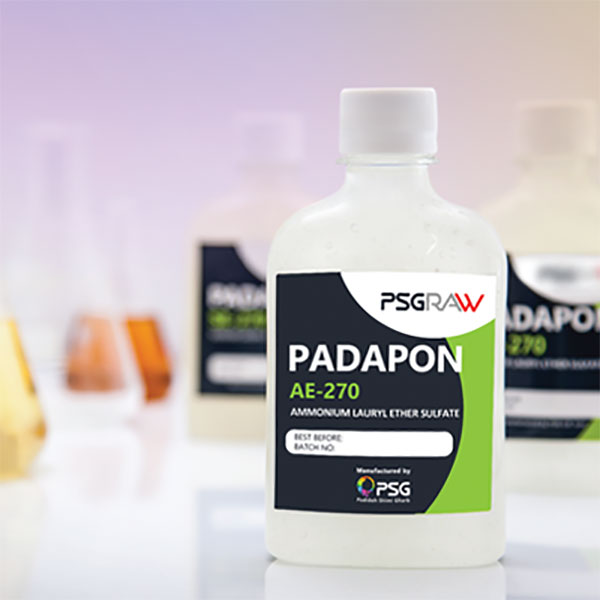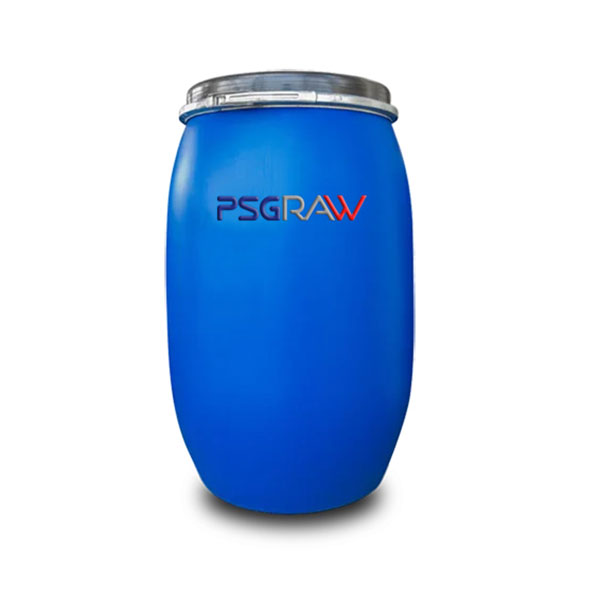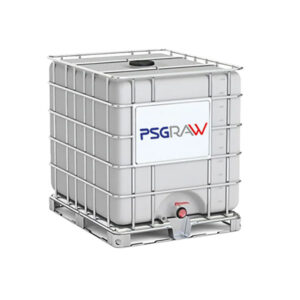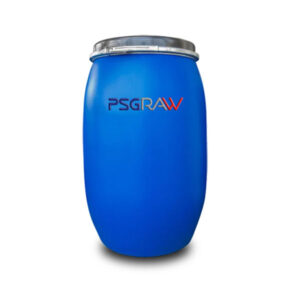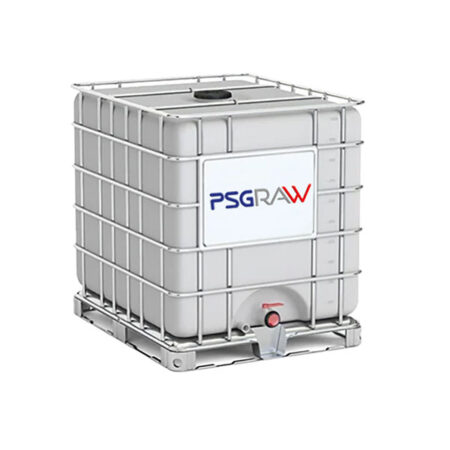Products
Formulation
Ammonium Lauryl Ether Sulfate(2EO)70% PADAPON AE-270
What is Ammonium Luryl Ether Sulfate (ALES 70 )?
Ammonium Lauryl Ether Sulfate :
ALES( PADAPONE 270), also known as ammonium lauryl ether sulfate or ammonium laureth sulfate, is a widespread anionic surfactant. From a chemical perspective, ALES contains a large alkyl chain, ethoxy group, sulfate end, and an ammonium group as a neutralizing compound. This structure has introduced an outstanding foaming and cleaning properties to the substance and makes it a versatile product that may be employed in a variety of industries. ALES is primarily used in detergents, personal care, and home care products as foaming, cleaning, and emulsifying ingredient.
more about ALES 70:👇
| 🔵 Appearance: | White / light yellow paste |
| 🔴 Molecular weight : | 381 (g / mol) |
| 🔵 Active substance : | 69-71 |
| 🔴 Dioxane (ppm) : | Max. 50 |
| 🔵 pH : | 5-7 |
Product specifications
| Appearance | White or pale yellow paste |
|---|---|
| Active substance | 70±2 |
| C12(wt%) | 65-75 |
| C14(wt%) | 20-30 |
| dioxane (ppm) | Max 50.0 |
Introduction and general information
ALES 70% ( padapon 2eo 70%) Introduction:
Appearance
At room temperature, ammonium lauryl ether sulfate (ALES) normally has a clear to slightly yellowish liquid appearance, though this can change depending on the formulation and concentration. It’s generally viscous, much like a syrup, especially in its concentrated form.
Chemical structure and properties of ALES
The general formula of the ALES could be represented as CH3-(CH2)n-(OCH2)m-OSO3-NH4, where n is normally set to be in a range of 11-13 and m is usually 1-3, representing the number of ethoxy groups.
From a chemical perspective, ALES’s chemical structure could be classified into four functional parts:
Lauryl group: The lauryl group, introduces the hydrophobicity to the substance. This long hydrocarbon chain allows the molecule to interact effectively with hydrophobic structures. The ability to form micelles is mostly driven by this part and consequent non-polar interactions. Commercial products are usually composed of a combination of isomers with 11-13 carbon atoms.
Ether linkage: Performing the ethoxylation process and introducing ether groups on the chain leads to higher hydrophilicity and consequently, higher solubility in water. On the other hand, the ethoxylation process provides milder characteristics for the product. This mildness makes the finished product less irritating and more compatible with the skin.
Ammonium group: Employing the ammonium group, which is a positively charged group, as the neutralizing agent, leads to regulate the pH and enhances the hydrophilic properties of the molecule.
Sulfate group: The sulfate group introduces a negative charge to the molecule. This group is a key factor to its functionality as a surfactant. It provides water solubility, influences the emulsification power, and contributes to foam formation and stability.
The simultaneous presence of ammonium and sulfate groups intensifies the water solubility of the molecule. On the other hand, the Nitrogen atom of the ammonium group could make Hydrogenic interaction with water molecules or other ammonium groups.
ALES has a mild nature which makes it a suitable choice to be employed in the formulation of personal care products like shampoos and bath gels. This gentile behavior is a key property to its wide application in the home care, personal, and cosmetic products.
Applications and target market:
Cleaning, personal, home care products
ALES is commonly found in daily-use shampoos because of its mildness, which makes it suitable for frequent washing without overly stripping the scalp and hair of natural oils. As it stated before, its milder nature makes it a good choice for body washes and shower gels formulated for sensitive or dry skin.
Moreover, ALES is often used in lower concentrations in baby shampoos to ensure gentle cleaning of the baby’s sensitive skin. On the other hand, ALES provides good foaming and is often used in bubble bath formulations for both children and adults, especially when a milder surfactant is desirable.
Following the same set of properties, ALES is a suitable choice to be used in detergents, home cleaners, dishwashing liquids, and car wash products. It may be used independently or in combination with other surfactants.
Coal industry
The safety of coal mine operations and the workers’ occupational health are at risk due to the concentration of coal dust in fully automated coal mining faces and comprehensive heading faces, which can reach 3000 mg/m3. Due to its excellent foaming performance even in coal mines with hard water, anionic-nonionic surfactant is now used as the primary component of dust suppression foam. Some studies implied that employing ALES in such systems leads to the highest absorption efficiency compared to other anionic surfactants.
Waterborne coatings
Ammonium Lauryl ether Sulfate might be employed as the emulsifying agent in the waterborne coating systems. Various industrialized coating systems such as waterborne nitrocellulose, water-based silicone resins, and acrylic resins take advantage of ALES in their formulation.
Construction
According to the foaming strength of ALES, it might be employed alongside other surfactants to produce foam concretes. These recently developed materials could lower the weight of the concrete while preserving its mechanical strength.
Agriculture
One of the newly found applications of the ALES is facilitating the water absorption of soil as the soil conditioner. ALES enhances the water absorption of the soil and helps to soften the soil in order to undertake other procedures of soil improvement.
Leather
Various surface-active agents, such as ALES are employed throughout the leather-making process. They are mostly employed as processing aids in the processes of soaking, unhairing, bating, pickling, tanning, and coloring. For recently flayed hides and skins, ALES could contribute to short-term preservation.
Safety and environmental considerations of ALES
As it’s stated before, ALES is a mild and gentile surfactant. So it’s generally known to be safe and appropriate for different types of skins. ALES is generally considered to be biodegradable, which indicates that it can be broken down into harmless compounds. However, this may change based on the circumstances and concentrations in the area.
High doses of ALES may still be hazardous to aquatic life even if they are typically less toxic than some other surfactants. It’s crucial to keep significant amounts from getting into water bodies.
Features and Advantages of ALES 70%:
- Disinfectant, water hardness reducer, and high biodegradability
- Good foaming properties even in hard water, and large amount of dirt
- With rich and good foam, in shampoos, it brings a special feeling of cleanliness and freshness to the hair.
- Cannot be used in alkaline system.
Specialized information request form
Need more information about this product?
Login to account
Log in to the user account to view additional technical data sheet, safety information, analysis sheet.
Request more information
Certificates
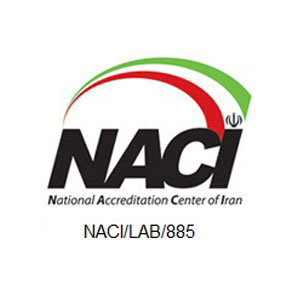
NACI
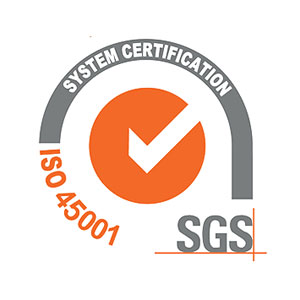
ISO 45001
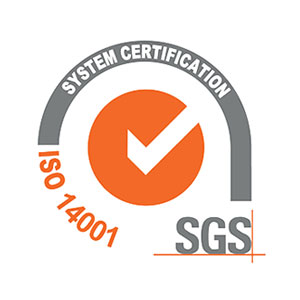
ISO 14001
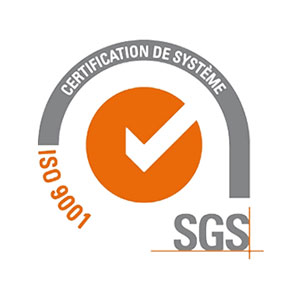
ISO 9001
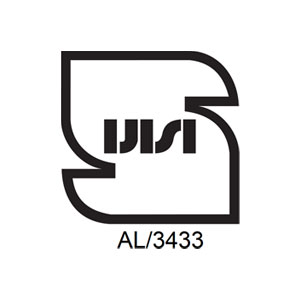
isiri

